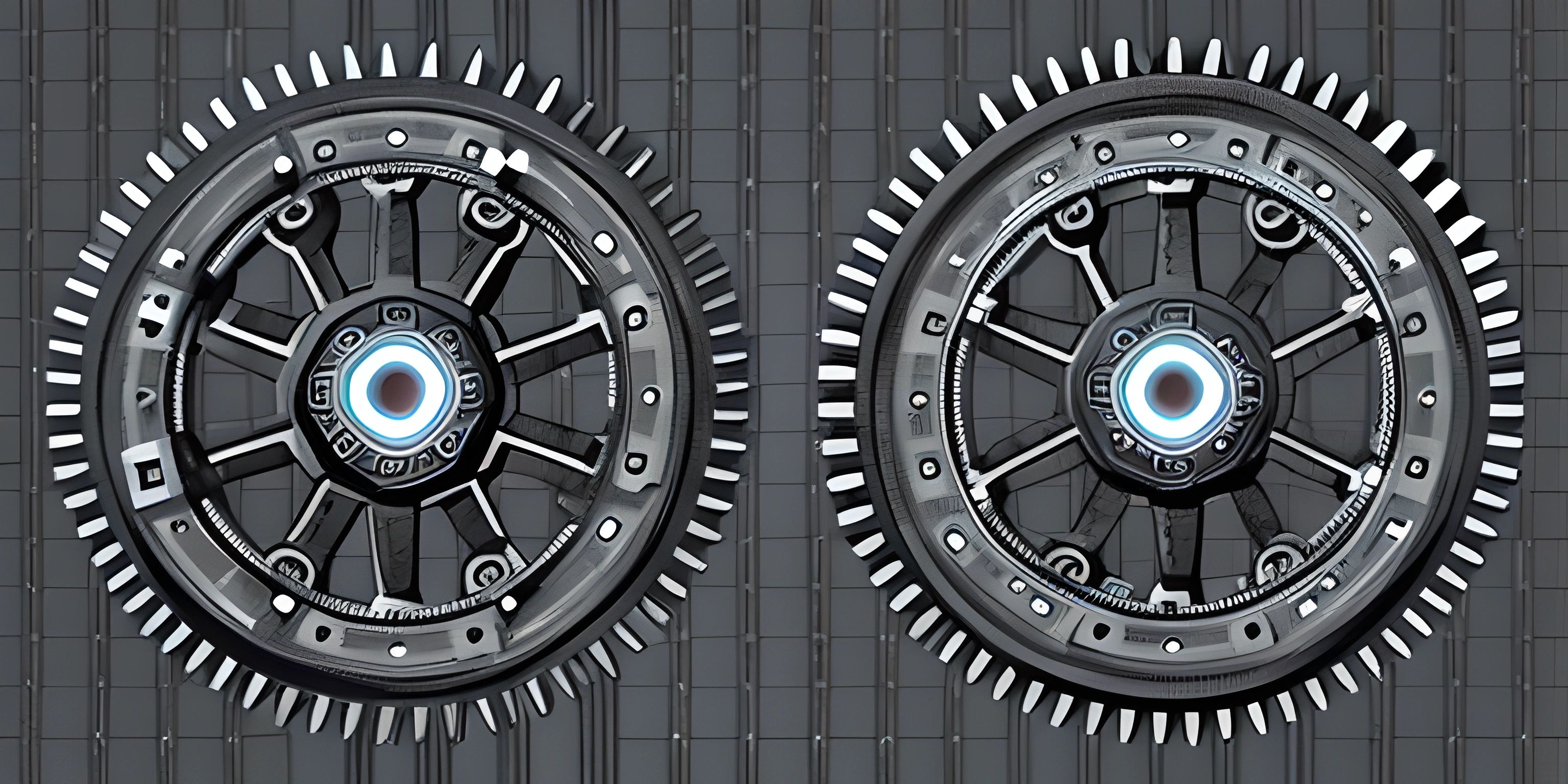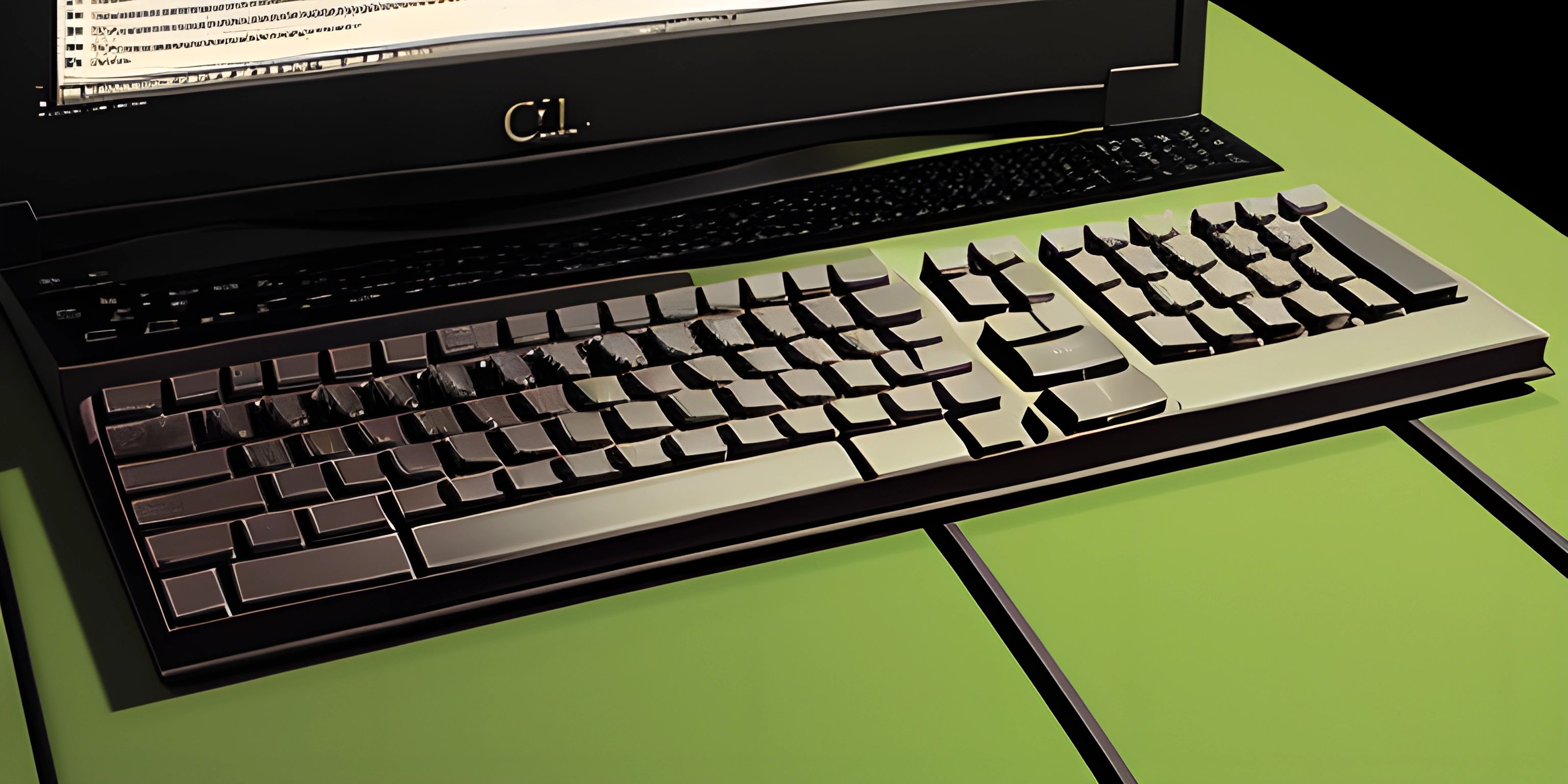C Programming Language: An Overview

Note: this page has been created with the use of AI. Please take caution, and note that the content of this page does not necessarily reflect the opinion of Cratecode.
C is a popular general-purpose programming language that has been around for quite a while. With roots dating back to the early 1970s, C was developed at Bell Labs by Dennis Ritchie. It has since become a staple in the programming world, influencing countless other languages, such as C++, C#, and Java.
A Brief History
Dennis Ritchie created C as part of the development of the Unix operating system. The goal was to have a language that bridged the gap between assembly language and high-level languages like Fortran. C offered a combination of low-level access to memory and hardware, as well as high-level abstractions that made programming more efficient and maintainable.
C quickly gained popularity and became widely adopted across various industries. It has been used for system programming, embedded systems, game development, and more.
Key Features of C
1. Procedural Language
C is a procedural language. This means that it revolves around the concept of procedures (functions) and the use of variables to pass data between them. This approach allows for a structured and modular programming style, making it easier to break down complex tasks into smaller, reusable pieces.
2. Low-Level Memory Manipulation
C provides low-level access to memory through pointers. This allows developers to work directly with memory addresses and manipulate data in memory, which can lead to increased efficiency and performance. However, with great power comes great responsibility; improper use of pointers can lead to memory leaks or crashes.
3. Static Typing
C is a statically typed language, which means that the type of a variable must be explicitly declared during compilation. This helps catch potential errors early in the development process and can lead to more efficient and optimized code.
4. Portability
One of C's main strengths is its portability. C programs can be written once and compiled for different platforms with minimal changes. This is due to its close relationship with the underlying hardware and the standardized C library.
C in Today's World
Even though newer languages have emerged, C still holds a significant place in the programming world. It remains the go-to choice for system programming, device drivers, and embedded systems, where low-level access and high performance are vital. Furthermore, knowledge of C can provide a better understanding of how computers work at the hardware level, making it a valuable skill for any programmer.
In conclusion, the C programming language has been a cornerstone of the programming world for decades, and it continues to be widely used and respected for its flexibility, efficiency, and portability. Its influence can be seen in many languages that came after it, proving that C's legacy will endure for years to come.
Hey there! Want to learn more? Cratecode is an online learning platform that lets you forge your own path. Click here to check out a lesson: Rust - A Language You'll Love (psst, it's free!).
FAQ
What is the C programming language and why is it important?
The C programming language is a general-purpose, high-level programming language that was developed in the early 1970s by Dennis Ritchie at Bell Labs. It is known for its efficiency, portability, and flexibility, making it widely used for system programming and the development of operating systems, compilers, and other software tools. Its influence can be seen in many other programming languages, including C++, Java, and Python.
What are some key features of the C programming language?
Some key features of the C programming language include:
- A simple core language with a rich set of library functions
- Low-level access to memory through pointers
- Strong support for structured programming
- Efficient and portable code generation
- A powerful and flexible preprocessor for macro expansion and conditional compilation
What are some use cases of the C programming language?
The C programming language is commonly used for various purposes, such as:
- Developing operating systems (e.g., Linux, Windows)
- Writing compilers and interpreters for other programming languages
- Building embedded systems and firmware
- Developing system utilities and tools
- Implementing high-performance server applications
- Creating libraries for various programming languages
How can I start learning the C programming language?
To start learning C, you can follow these steps:
- Familiarize yourself with the basics, such as data types, variables, loops, and control structures.
- Set up a development environment using a C compiler (e.g., GCC) and a text editor or integrated development environment (IDE).
- Learn about pointers, memory allocation, and file handling in C.
- Practice writing simple programs to solve problems and reinforce your understanding.
- Explore more advanced topics, like data structures, algorithms, and operating system programming.
How does the C programming language compare to other languages like C++ and Java?
While C, C++, and Java share some similarities, they also have key differences:
- C is a procedural language, whereas C++ and Java are object-oriented languages.
- C++ is an extension of C, adding features like classes, objects, and exception handling, making it more versatile for complex applications.
- Java runs on the Java Virtual Machine (JVM), providing platform independence and built-in memory management, but at the cost of lower performance compared to C and C++.
- C provides low-level access to memory through pointers, which can be powerful but risky if not handled carefully. Java abstracts away pointers for safety, while C++ offers both low-level access and higher-level abstractions.





